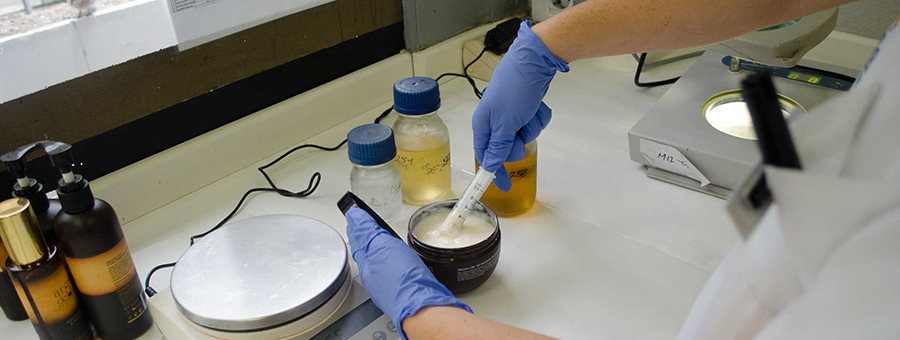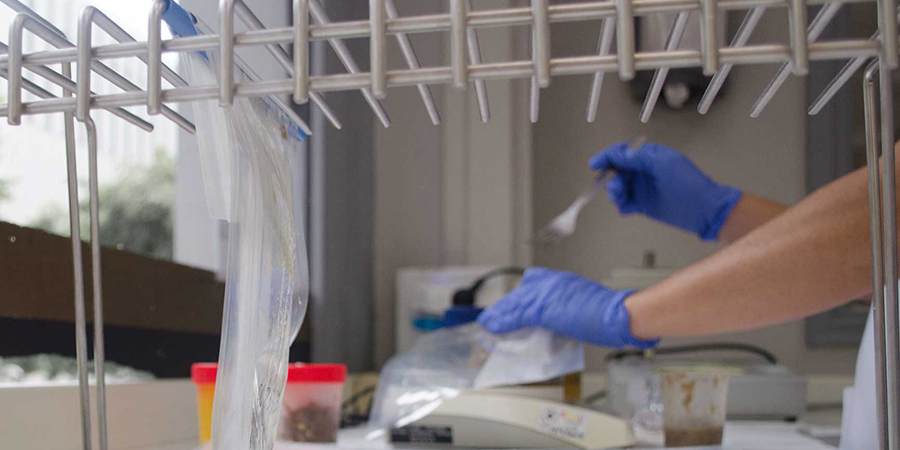
Analysis of foods
We carry out the following analyses:
- Microbiological Analyses
- Analyses of toxins of biological origin
- Study of the useful lifetime
- Physical and chemical analyses
- Analyses of toxins, wastes or insecticides
- Analyses of food allergens
Analysis of water
We carry out the following analysis:
- Microbiological Analysis
- Physical and chemical analysis
- Analyses for insecticides, hydrocarbons, radioactivity
The different kinds of water we analyse are:
- Water supply: (Mains, taps, tanks)
- Swimming-pools: (Children’s, adults’, hydro-massage)
- Bottled water
- Spring water: (Groundwater, wells)
- Refrigeration system waters: (Cooling towers, evaporative condensers)
- Seawater: (beaches, fish factories)
- Waste water
- Filtration of seawater or waste water
Air analysis
- Hospital areas such as: Operating theatres, ICUs, Delivery rooms
- In-vitro fertilisation centres
- Food industry and buildings
We carry out microbiological analyses of air to check for the presence of the following micro-organisms:
- Aerobic micro-organisms
- Fungi and yeasts
Analysis of surfaces
- RODAC plates, Swabs, Sponges, Media.
Among the most common micro-organisms that we investigate are:
- Indicators (Aerobic micro-organisms, Fungi, Yeasts, Coliforms, Entero–bacteria).
- Indicators of lack of hygiene (Escherichia coli, Staphylococcus aureus)
- Pathogens (Salmonella, Listeria spp and Listeria monocytogenes):
All of this allows us to evaluate the general state of the surfaces while work is going on or after cleaning and disinfection.
Analysis of cosmetics
- pH
- Indicators (Aerobic micro-organisms, Fungi and Yeasts): this allows us to evaluate both the raw material and the proper state of operation of the self-monitoring process of the establishment.
- Pathogens (Escherichia coli, Staphylococus aureus, Pseudomonas aeuroginosa and Candida albicans): the presence of these micro-organisms may involve infections on the skin or the eyes of consumers
In cosmetics, we carry out studies of anti-microbial properties of cosmetic products by adding different strains to them and evaluating whether a certain micro-organism grows in the product being investigated, which it is very useful to know.



